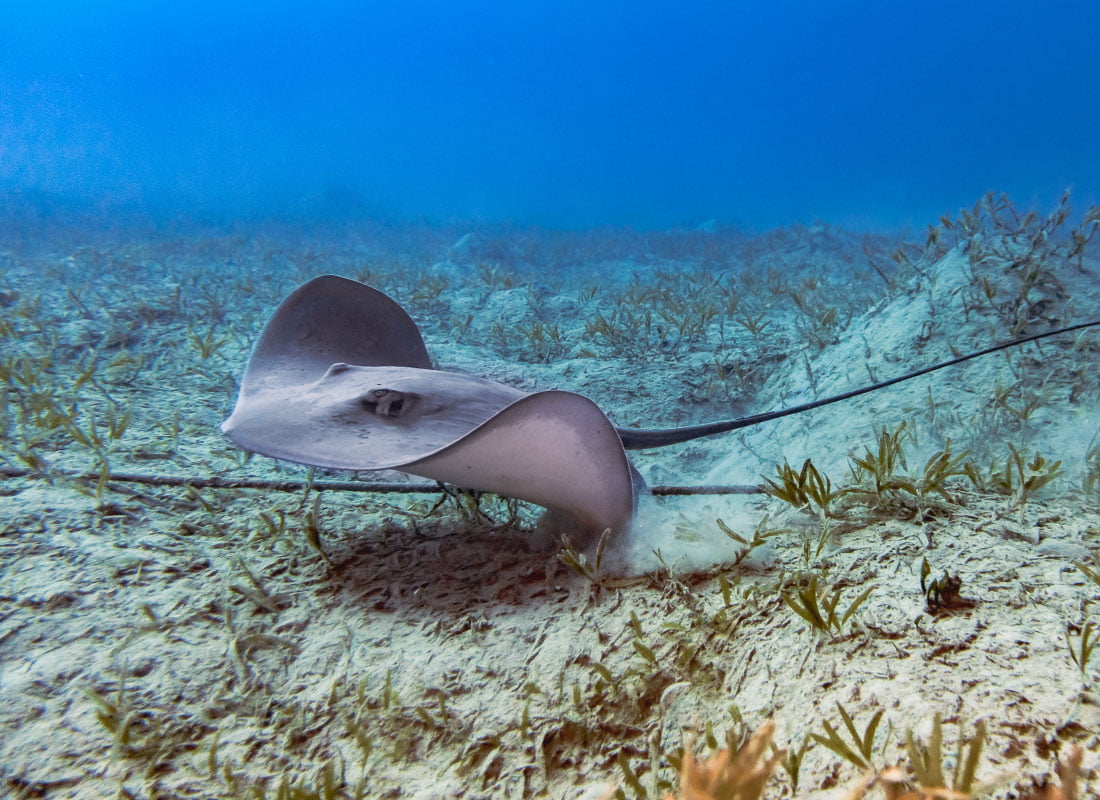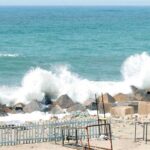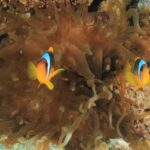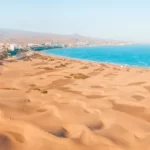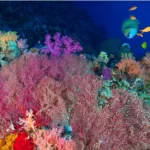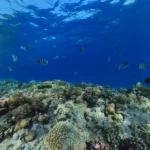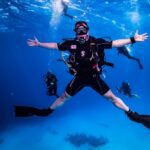As Egypt Liveaboard, we are fortunate to have the opportunity to encounter a variety of fascinating rays in the Red Sea. Some of the most commonly sighted rays in the area include the Blue Spotted Stingray, the Short-tail Stingray, the Eagle Ray, the Manta Ray, and the Feathertail Stingray. These incredible creatures are a testament to the Red Sea’s diverse and vibrant marine ecosystem and are a highlight of any dive or snorkeling experience. As responsible operators, we always prioritize the safety and well-being of these animals and strive to observe them from a respectful distance while minimizing any potential impact on their natural behavior.
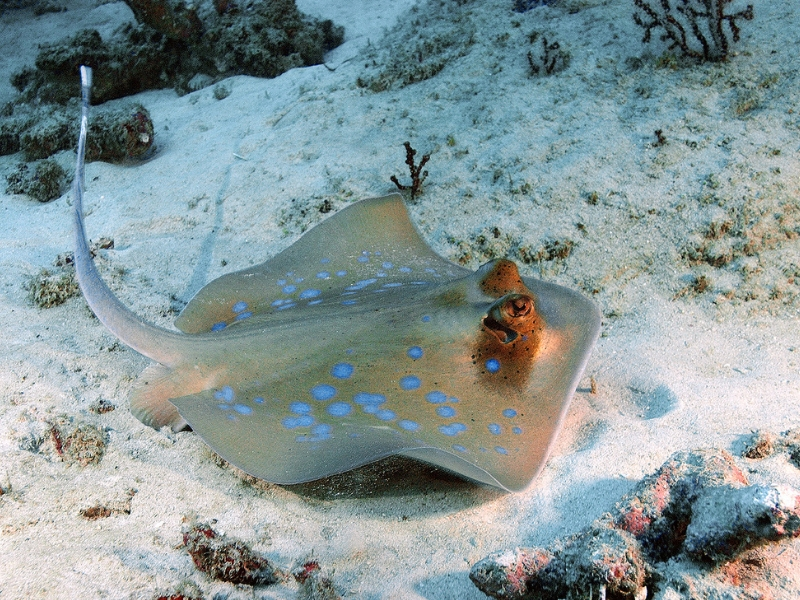
Bluespotted Stingray (Neotrygon kuhlii)
As mentioned earlier, this small ray can be identified by its distinctive blue spots on its back and tail. It is typically found in shallow waters around coral reefs and sandy areas, and can grow up to 35 cm in width. Bluespotted stingrays are generally harmless, but can deliver a painful sting if provoked or stepped on.
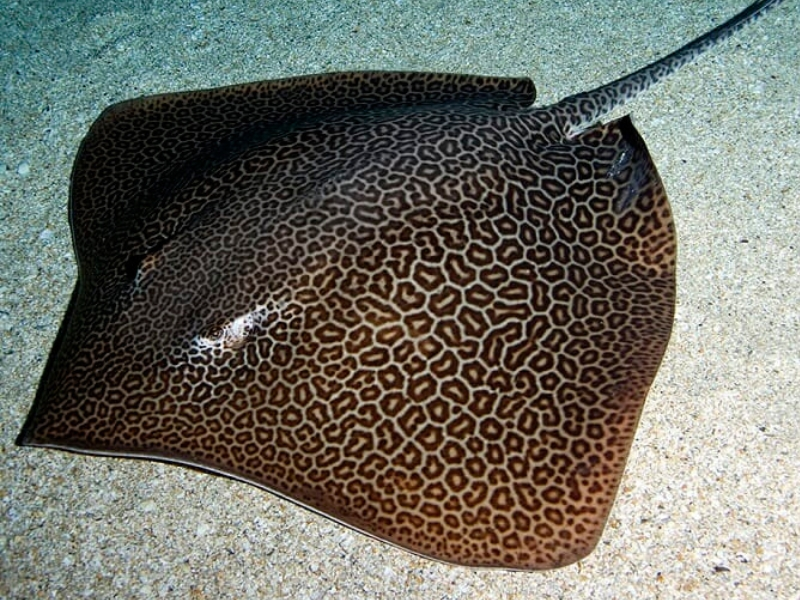
Leopard Whipray
(Himantura leoparda)
This ray is named for its striking leopard-like markings on its back. It can grow up to 3 meters in width and is found in sandy areas and around coral reefs. Leopard whiprays are generally shy and elusive, but can be spotted by patient divers and snorkelers.
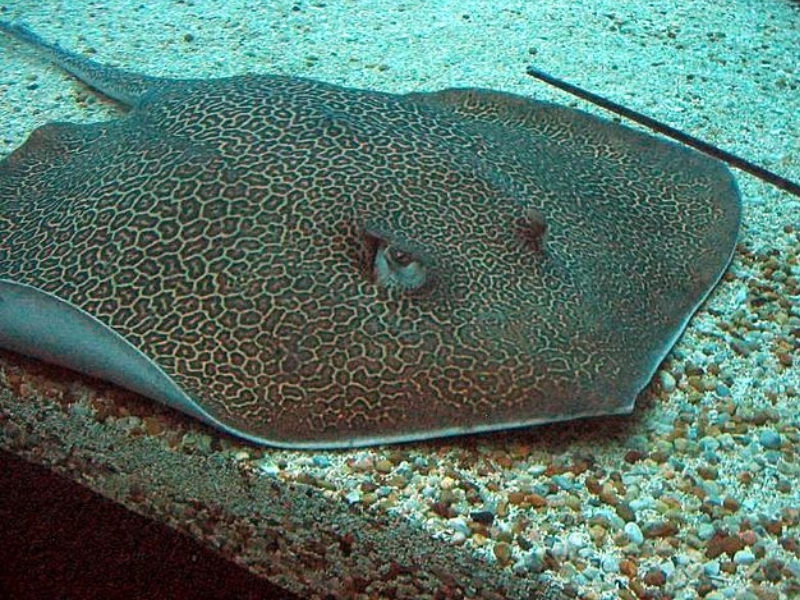
Honeycomb Stingray
(Himantura uarnak)
This stingray gets its name from the distinctive honeycomb pattern on its back. It can grow up to 1.5 meters in width and is found in shallow waters around coral reefs. Honeycomb stingrays are generally not aggressive, but can deliver a painful sting if provoked.
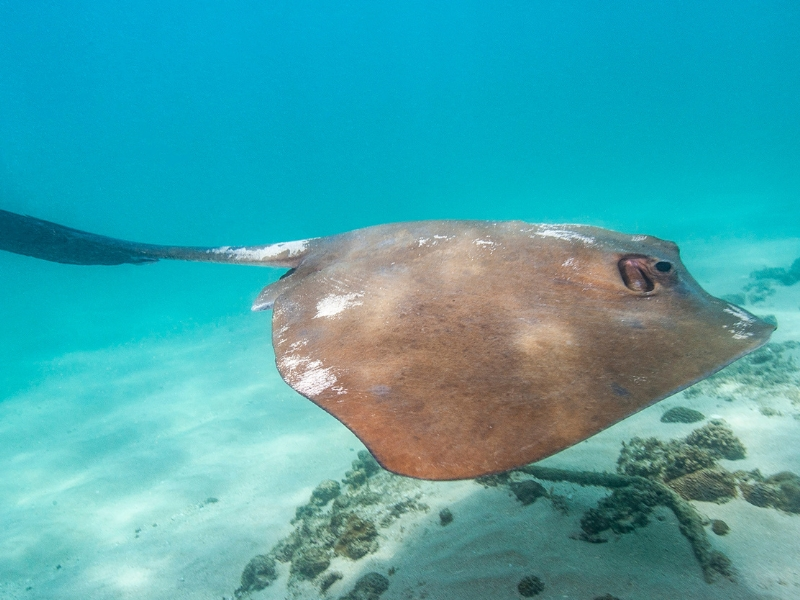
Feathertail Stingray
(Pastinachus sephen)
This stingray gets its name from the long, feathery extensions on its tail. It can grow up to 1.5 meters in width and is found in sandy areas and around coral reefs. Feathertail stingrays are generally docile and can be observed feeding on small crustaceans in the sand.
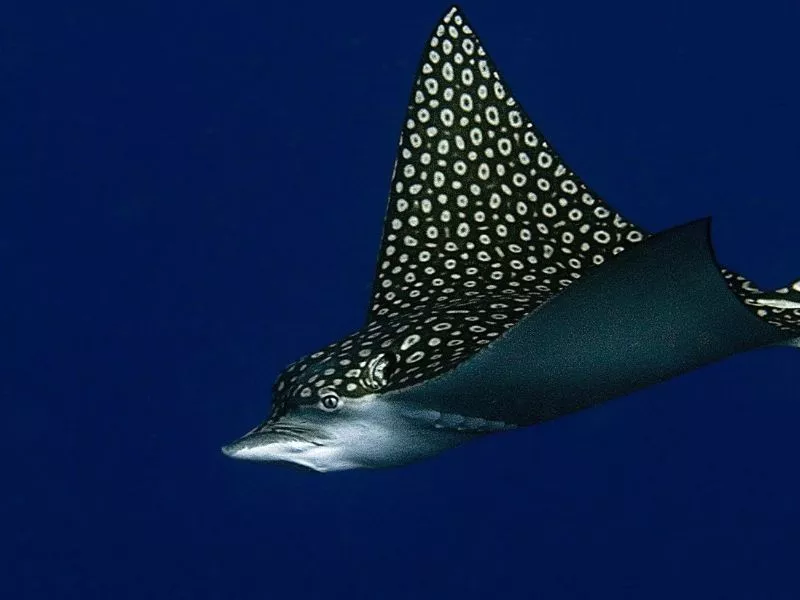
Eagle Ray
(Aetobatus narinari)
The Eagle ray is named for its distinctive shape, which resembles the wings of an eagle. It can grow up to 3 meters wide in sandy areas and around coral reefs. Eagle rays are generally harmless but can become aggressive if threatened or provoked.
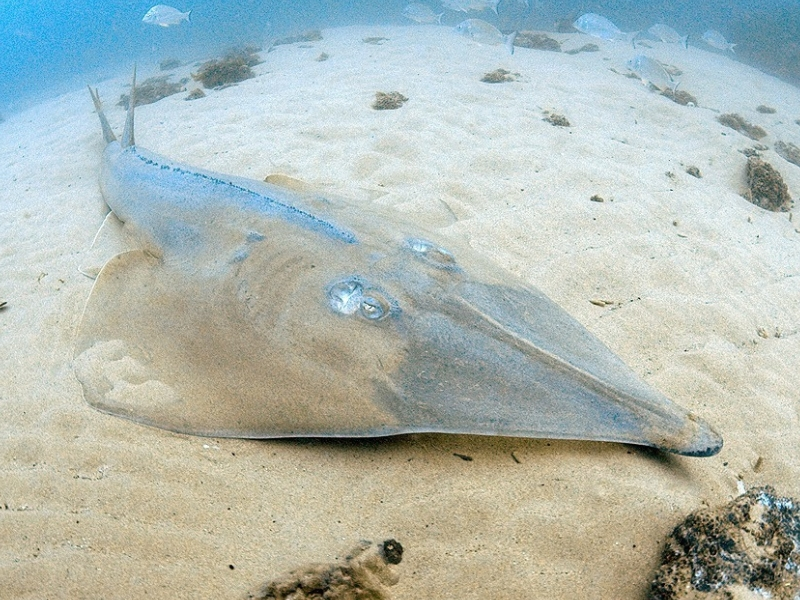
Giant Reef Ray
(Glaucostegus typus)
This ray is also known as the giant guitarfish, and can grow up to 3 meters in length. It has a flattened body and a long, pointed snout, and is found in sandy areas and around coral reefs. Giant reef rays are generally harmless, but can be skittish and difficult to approach.
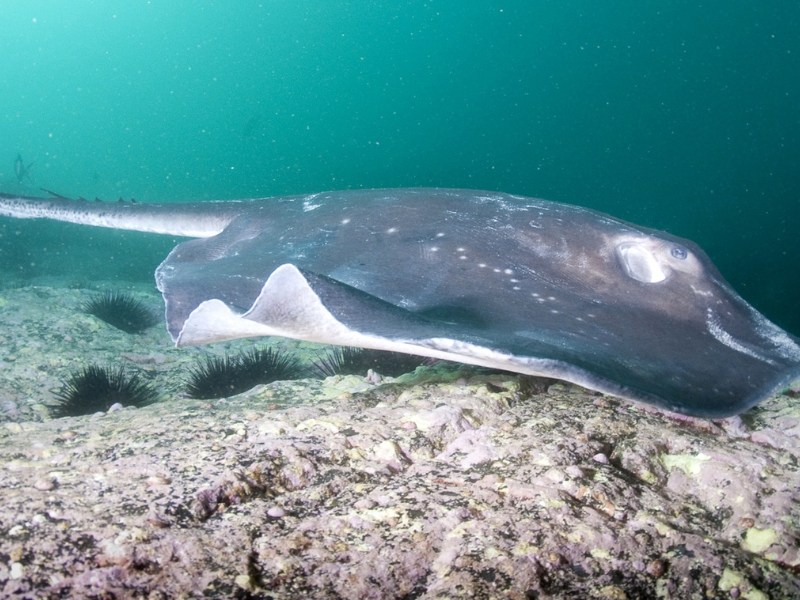
Smooth Stingray
(Dasyatis brevicaudata)
As the name suggests, this stingray has a smooth, featureless back without any markings or spots. It can grow up to 70 cm in width and is found in sandy areas and around coral reefs. Smooth stingrays are generally not aggressive, but can deliver a painful sting if provoked.
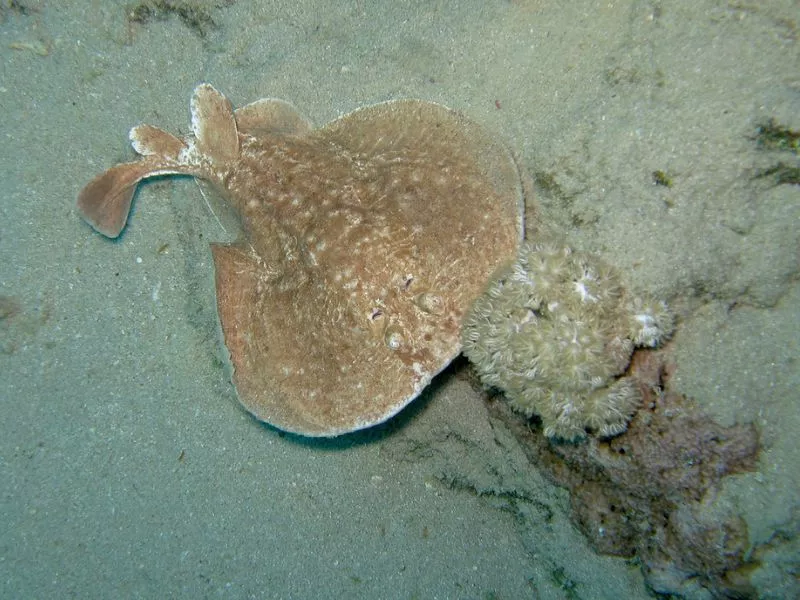
Scalloped Torpedo Ray
(Torpedo ocellata)
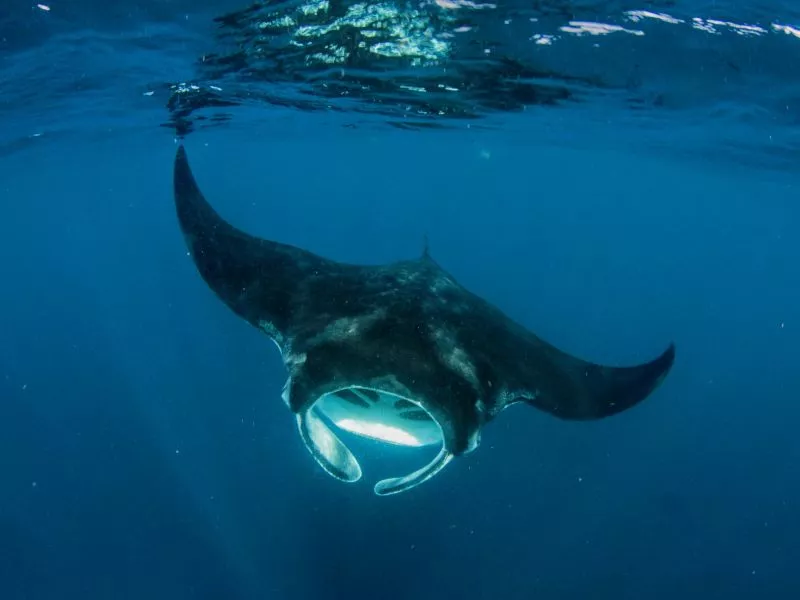
Manta Ray
(Manta alfredi)
